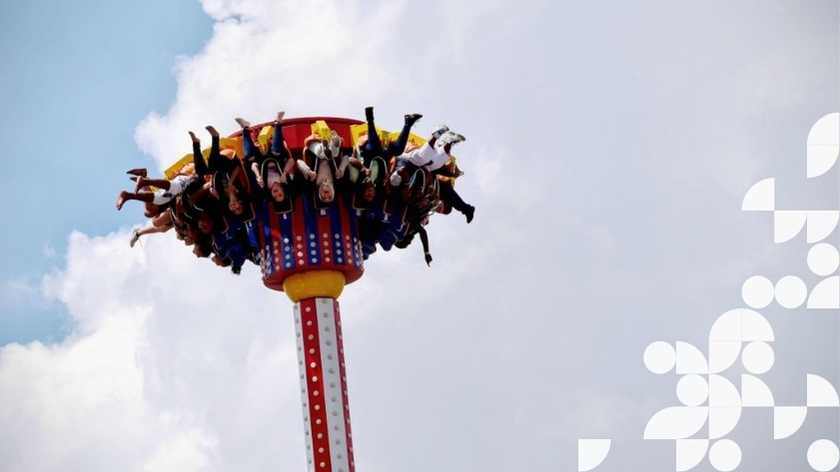In 2016, GPSEA implemented a new hierarchy following the participatory organizational charts (which we discussed here). In september, all management positions were established and assigned. Now, it's time to build the most optimal governance for this new organization. The question arises regarding the Executive Committee, which brings together Deputy General Managers and Directors and meets regularly on Monday mornings: how should it function?
In early 2017, GPSEA, true to its participatory commitment, organized a World Café morning to co-create the operation of the new Executive Committee.
During this morning session, a variety of ideas emerged: reversed executive committee, executive committee "forums," or even in a "cloakroom format." The goal was to highlight practices to be valued during these meetings and to imagine other forms of exchanges that are more adapted to the different needs and roles of each individual.
The idea of the reversed executive committee garnered attention. Inverted CODIRs aim to give more space to directors (who are managed by Deputy General Managers (DGMs) themselves managed by the Director General of Services) and to encourage them to adopt a solution-oriented posture. This change in position would help avoid the "wait-and-see" effect of solutions that "come from the top," involve and empower the directors concerned, and provide concrete solutions to daily and structural issues.
The model is indeed based on inverted hierarchy: it is the directors who bring up topics and make proposals to address them.
During the two-hour executive committee, the first hour is for directors, who propose a topic for discussion and develop action proposals. This topic is, of course, identified by the directors in advance. The use of the collaborative digital tool TEAMS is an appropriate channel for exchanges. One topic brought up, for example, was improving cross-functionality within the organization. The second hour is dedicated to presenting the action plan to the DGMs, with the DGS then overseeing its implementation.
Other formats were imagined during this famous World Café.
The executive committee in "forum format," for example, takes the form of a kind of speed dating between directors and DGMs. The goal is to discuss each other's issues in a limited time. It is used before the CODIR (the speed dating does not last two hours!).
The "cloakroom" executive committee, on the other hand, is organized when there is a need to motivate the troops or provide a common sense of purpose and framework: the DGS speaks for 10 to 15 minutes to share the meaning of a decision with the directors, for example.
Thus, the forms of CODIR are decided according to needs and identified themes. If there is a need to "clarify things," the cloakroom format will be preferred. If a decision needs to be made about operations and establishing an action plan, such as using communication tools, the inverted CODIR is chosen.
A mini-executive committee charter has also been developed, with a timekeeper and a facilitator, to better frame these exchanges, regardless of their form.
An 8-month executive committee training plan, adapted in format to professional constraints, has also helped develop the managerial skills of directors and their deputies while strengthening group cohesion.
According to Emilie, Director of Transformation and Social Dialogue at GPSEA, the benefits of this new practice are numerous. Since its implementation, she has observed greater fluidity in information transmission and dossier sharing, facilitated teamwork, and teams that know each other better and collaborate more easily.




